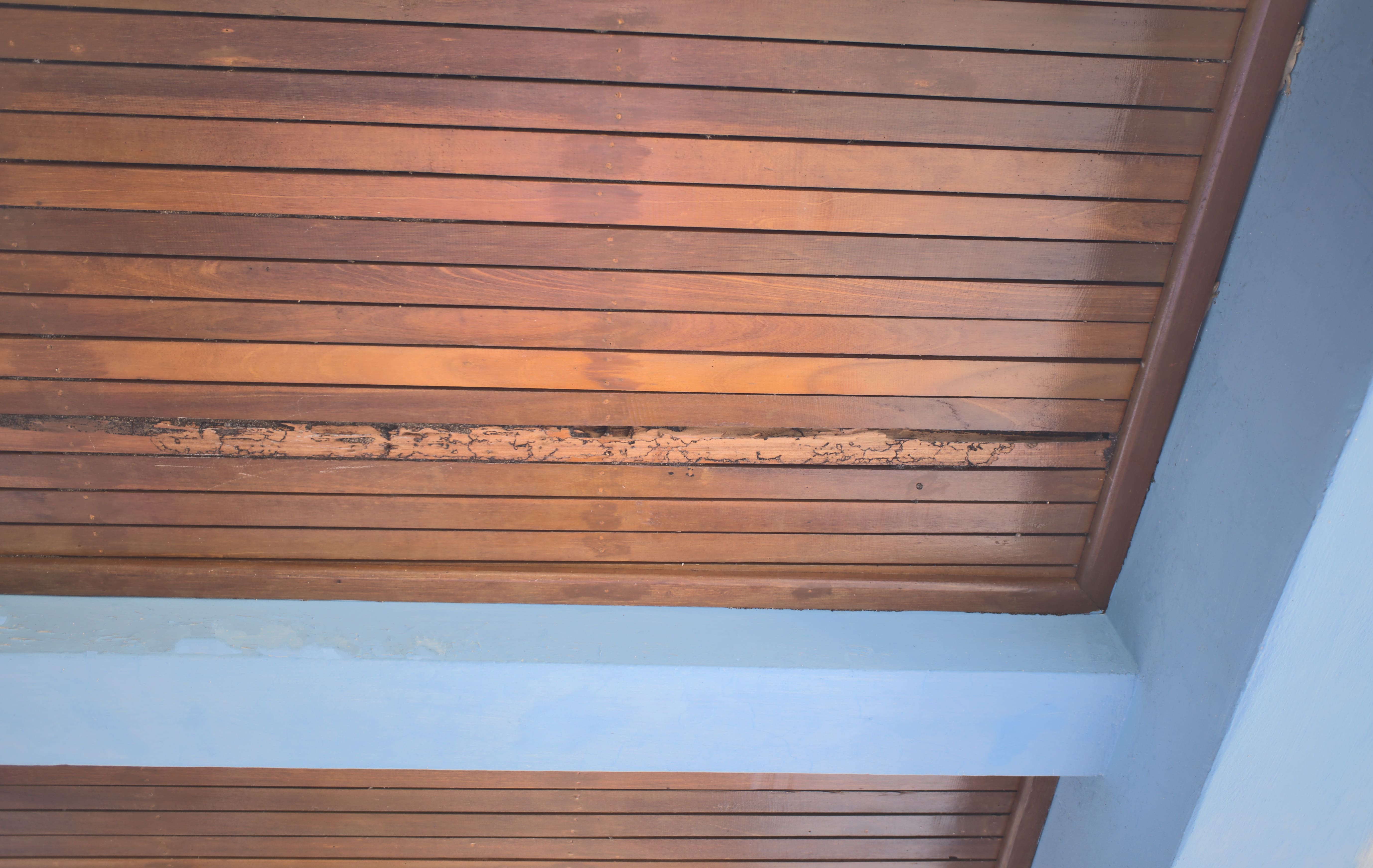False ceilings especially those made of wood or gypsum board can be vulnerable to termite infestations if not properly maintained. Here's how to safeguard and care for yours:
Choose Termite-Resistant Materials
- PVC Panels: Highly resistant to moisture and termites. Lightweight, durable, and easy to maintain.
- Metal Framework: Use galvanized steel or aluminium for the ceiling grid to avoid wood-based structures.
- Eco Rock Drywall: A modern alternative to gypsum board that’s more resistant to termites and mould.
️ Spot the Signs Early
- Tiny holes or cracks in the ceiling
- Mud tubes or tunnels (subterranean termites)
- Sawdust-like droppings (dry wood termites)
- Discarded wings near light fixtures or corners
Regular inspections especially in humid seasons can help catch infestations before they spread.
Maintenance & Care Tips
- Keep it dry: Termites thrive in moisture. Fix leaks in plumbing or roofing immediately.
- Ventilation: Ensure good airflow in rooms with false ceilings to reduce humidity.
- Seal gaps: Use caulk or sealant around ceiling edges and fixtures to block entry points.
- Clean regularly: Dust and vacuum to remove termite droppings or wings.
When to Call the Pros
If you notice structural damage, sagging panels, or recurring signs of termites, professional pest control is the safest route. They can apply termiticides, fumigate, or install bait systems tailored to your ceiling type.

